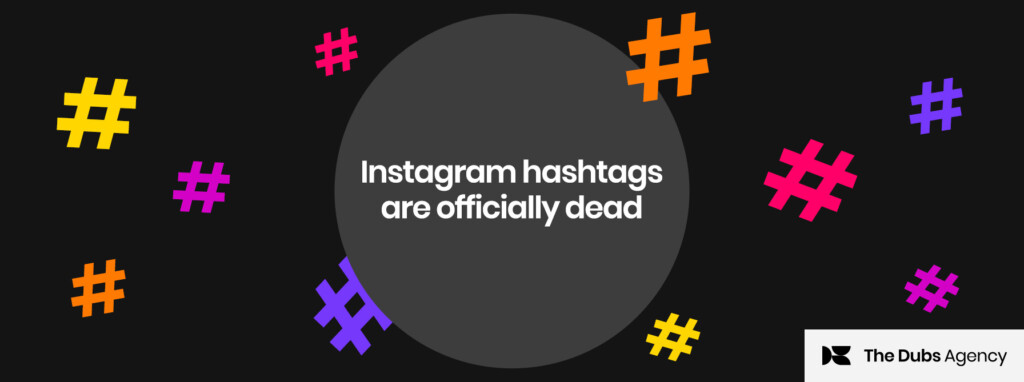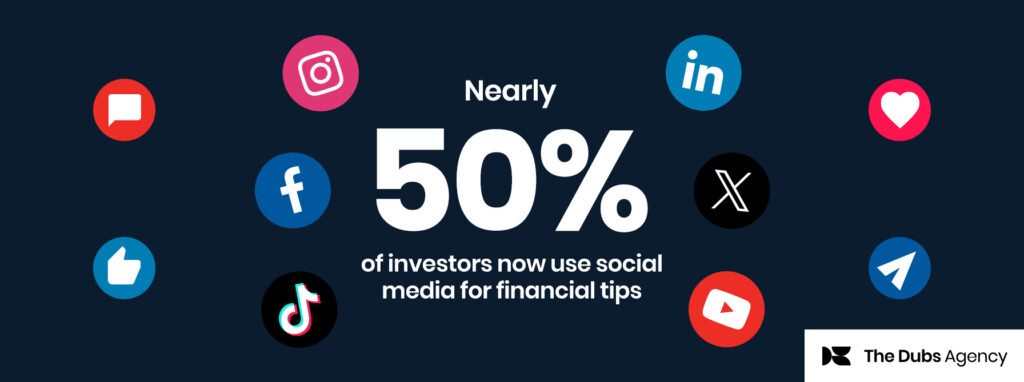The Edelman Trust Barometer is an annual, global survey that gauges consumer trust across business, media, government, and NGOs. The 2017 report shows that for the first time, “Business is on the brink of distrust”. For financial brands, the trust makeover needs to start now and LinkedIn is agitating for finance brands to look at content on LinkedIn as the solution.
This is the second article in our series exploring the content that works best for financial brands and follows on from Content on X: tips for financial brands.
Only 52% of those surveyed for the Edelman Trust Barometer said they trust business to do what is right. It’s a finding which LinkedIn cite as part of their ‘Masterclass for Finance Marketers’, which is run three to four times a year in their London office.
That mediocre 52% trust rating is an average of 33,000 people in 28 countries, including the 6,200 respondents who fit Edelman’s “informed public” category: college educated people in the top 25% of household income per age group in each country, who report significant consumption and engagement in business news.
Amongst total Australian respondents, it’s even gloomier, with just 48% putting their trust in business (compared to the UK’s 45% and 58% in the US).
Financial brands’ need for trust
Edelman Intelligence, the research division that compiles the Edelman report describes trust as a predictor of whether stakeholders will find you credible in the future, will embrace new innovations you introduce and will enthusiastically support you. “Trust is a valuable asset for all institutions, and ongoing trust-building activities should be one of the most important strategic priorities for every organisation,” the report says.
In Australia, as in many parts of the world, trust and confidence in traditional financial institutions have been eroded in the last decade due to a series of scandals in the industry.
Subscribe now for content marketing insights and trends straight to your inbox.
The wealth management shake-up
Rebuilding trust is especially crucial given that customers are now accustomed to the superior personalised and digital customer interactions of tech companies like Google, Amazon, Facebook and Apple (whom they already trust) – and are now demanding similar experiences from their financial firms.
LinkedIn’s Financial Masterclass quotes the 2016 McKinsey & Company report, A Brave New World for Global Banking, which talks about the need for a “fundamental transformation” from banks to counter “headwinds now gathering”. Those headwinds include strict regulatory environments, the impacts of digitisation including the arrival of nonbanks, in particular, big techs that are threatening to take over the all-important one-to-one relationships with customers.
Trust building 101
At present, traditional banks still win the trust war overall with a rating of 36.6% versus 23.6% for fintechs. But it seems that after customers have had a positive experience with a fintech, that changes, with 56.3% of those people trusting non-traditional versus 52.9% for traditional banks.
How do you compete with fintech and trusted online brands, and communicate to your customers that you are worthy of their trust? LinkedIn points to the size of their network, with a total of 500 million professionals including 7.6 million small business owners, 300 million mass affluent and 8 million affluent millennials. LinkedIn’s promise includes access to the right audiences through many levels of targeting, as well as marketing solutions to ensure engagement at each stage of the customer journey, and data-driven insights.
According to LinkedIn, trust is now built by “taming the content beast”. They argue that their platform – from organic posts and showcase pages, to Pulse, groups and paid strategies – is the place for your audience to find someone they can trust. This argument is further explored in their financial services website.
Content versus traditional advertising and PR?
55% of Edelman Trust Barometer respondents believe individuals are more believable than institutions. 60% of respondents believe “a person like yourself” is now just as credible as a technical or academic expert. Employees are seen as the most trusted spokespeople on issues such as treatment of employees/ customers, financial earnings/operational performance, and business practices/crisis handling.
Media spokespeople were least trusted across the board on these kinds of issues, while trust in mainstream media has fallen to a 17-year low globally. 25% perceive a company’s social media to be more believable than its advertising.
Another report regularly cited by LinkedIn, the Demand Gen Report on B2B buying, finds that ‘peers and colleagues’ ranks as the third most important resource for researching purchases, after ‘web search’ and ‘vendor websites’. The report notes that 40% of those surveyed describe LinkedIn as “very important” in their research process, with another 41% calling it “somewhat important”.
It’s a cogent argument for “taming the content beast” and putting that content in the hands of people who are “like” your audience. LinkedIn’s not a bad place to start.
Related Article: LinkedIn Tells What Content Works Best For Financial Brands
Related Article: Get the Most From Sponsored Content – A LinkedIn Insider Tells How
Subscribe now for content marketing insights and trends straight to your inbox.









